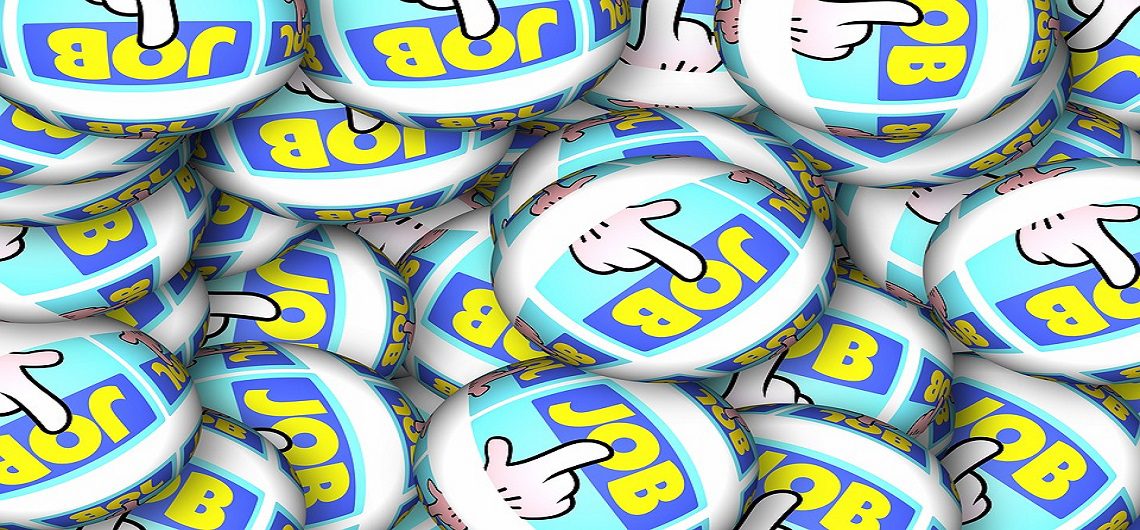Companies put a lid on the quality of people they’re hiring by using skills-laden job descriptions and transactional processes. Job seekers can break this artificial talent ceiling by being creative, gutsy and engaging.
Most of what I do involves training and coaching recruiters and hiring managers to use Performance-based Hiring to find, recruit, interview and hire outstanding talent. Most of these candidates have multiple opportunities and few reply to job postings so recruiters and hiring managers need to be both skilled and creative to hire them. Most aren’t though. This fact offers the savvy job seeker an opportunity to bend some rules to get a better job.
Bending the rules starts by knowing the rules. The most important is the idea that traditional job descriptions put a lid on the quality of the people being seen. To break this ceiling I ask hiring managers to define the job as a series of 6-8 prioritized performance objectives rather than using the more common laundry list of “must-have” skills and experiences. Job seekers can do this during the interview.
The second is to replace the transactional box checking process most companies use with a consultative recruiting process. This approach involves spending more time with fewer candidates to better match real job needs with the person’s ability and interests.
There’s no reason job seekers can’t use a similar, more focused ceiling-breaking process.
For job seekers the process starts by fully understanding the difference between transactional and consultative selling. Buying cars, purchasing anything on Amazon or negotiating the price for something based on quantity is a transactional sales process. Finding jobs on some job board and applying is a similar transactional process.
When a product or service is customized to fit the specific needs of the buyer a consultative sales process is used. In this case the sales rep begins with a discovery process to determine the customer’s needs and based on this prepares a customized solution. A comparable consultative process for hiring is how referred candidates are recruited and hired in the hidden job market before the requisition is officially opened.
Job seekers can find these better jobs in the hidden job market but they need to narrow their focus to first get the interview and then they must use a consultative process during the interview to get offered the job. Here’s how this process works.
- Take a less is more approach to job hunting. Rather than applying to anything and everything, find 8-10 companies that seem to have positions available that best fit your skills and interests.
- Do your research. For each company focus on their new product efforts or where they’re trying to be more efficient. Your objective is to uncover business problems they’re facing that you can solve.
- Use non-traditional techniques to find the decision maker. Here are some hack-a-job ideas that don’t involve applying directly. My favorite: Use a non-resume to get an audience with the decision and use your time in the meeting to conduct discovery.
- Getting referred increases your odds by 5X. Networking is not about meeting as many people as you can. It’s about getting a few people who can vouch for your performance to introduce you to a few other people.
- Market demos, videos and teasers – not your resume. One person told me he put together a competitive analysis of a product line, sent it to the VP Marketing and landed an interview a few days later. He came up with the idea looking in an industrial journal with the product announcement.
- Focus on total campaign results, not response rates. Sending out hundreds of resumes in the hope to get a 1-2% response rate is a waste of effort. Instead, use multiple approaches to arrange exploratory meetings with 70-80% of those companies on your target list.
- Success is making advances, not having interviews. The measure of success in consultative selling is moving the process forward. For job seekers this equates to arranging a series of exploratory conversations or doing a small project to demonstrate your ability.
- Make sure you’re assessed properly. During the discovery phase you’ll be asking the people you meet to clarify real job needs. During the interview your goal is to demonstrate you can do this work by providing examples of comparable accomplishments. This interview template and video will help you guide the process along.
Job seekers regularly ask for my advice on how to get better results when applying to job postings. My advice is always the same: Stop pushing the apply button. Instead get creative, find some companies that can benefit from your abilities and then go prove it to them. This process is called consultative job seeking. It takes a lot more work than applying directly but it represents the difference between hoping for an interview and getting a real job.
Permission has been granted from The Adler Group and Lou Adler, author of Hire With Your Head and The Essential Guide to Hiring & Getting Hired, to reprint this article.
About the author
Lou Adler is the CEO and founder of The Adler Group – a training and search firm helping companies implement Performance-based Hiring℠. Adler is the author of the Amazon top-10 best-seller, Hire With Your Head (John Wiley & Sons, 3rd Edition, 2007). His most recent book has just been published, The Essential Guide for Hiring & Getting Hired (Workbench, 2013). He is also the author of the award-winning Nightingale-Conant audio program, Talent Rules! Using Performance-based Hiring to Build Great Teams (2007). Adler holds an MBA from the University of California in Los Angeles and a BS in Mechanical Engineering from Clarkson University in New York.









































